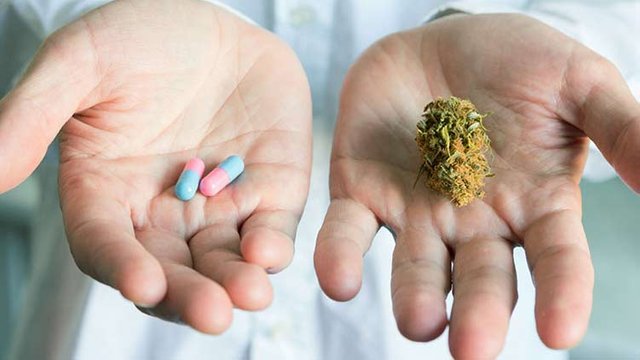
A recent study found that 80 percent of medical cannabis users substitutes it for prescription pain medications such as opioids.
“We shouldn’t assume that someone who doesn’t have a medical authorization is simply using cannabis for fun,”
-Michelle St. Pierre, PhD student in clinical psychology at the University of British Columbia.
Marijuana is currently legal in 11 states and decriminalized in another 15 states.
- According to the study people who are having chronic pain, Marijuana has provided an alternative way to manage their suffering.
- Hawaii’s new law allows people to possess up to 3 grams of cannabis without danger of jail time, although they can still be fined $130.
- According to the Centers for Disease Control and Prevention, 20.4 percent of U.S. adults have chronic pain and 8 percent have chronic pain severe enough that it frequently limits life or work activities.

- Research shows that many people with chronic pain are turning to cannabis for relief.
- Cannabinoids are compounds found in cannabis, of which there are over 100 different ones. The most medically-useful ones are THC, the compound that makes people “high.”
- The researcher found that THC may relieve pain by disrupting signals flowing between areas of the brain that process emotions and sensory signals.
- Cannabinoids are “highly effective” for chronic non-cancer pain.
- The side effects of cannabis use include lung disease (when smoked), cardiovascular disease, injuries while working or driving high and long-term effects on the brain. Marijuana can also be addictive.
Source

